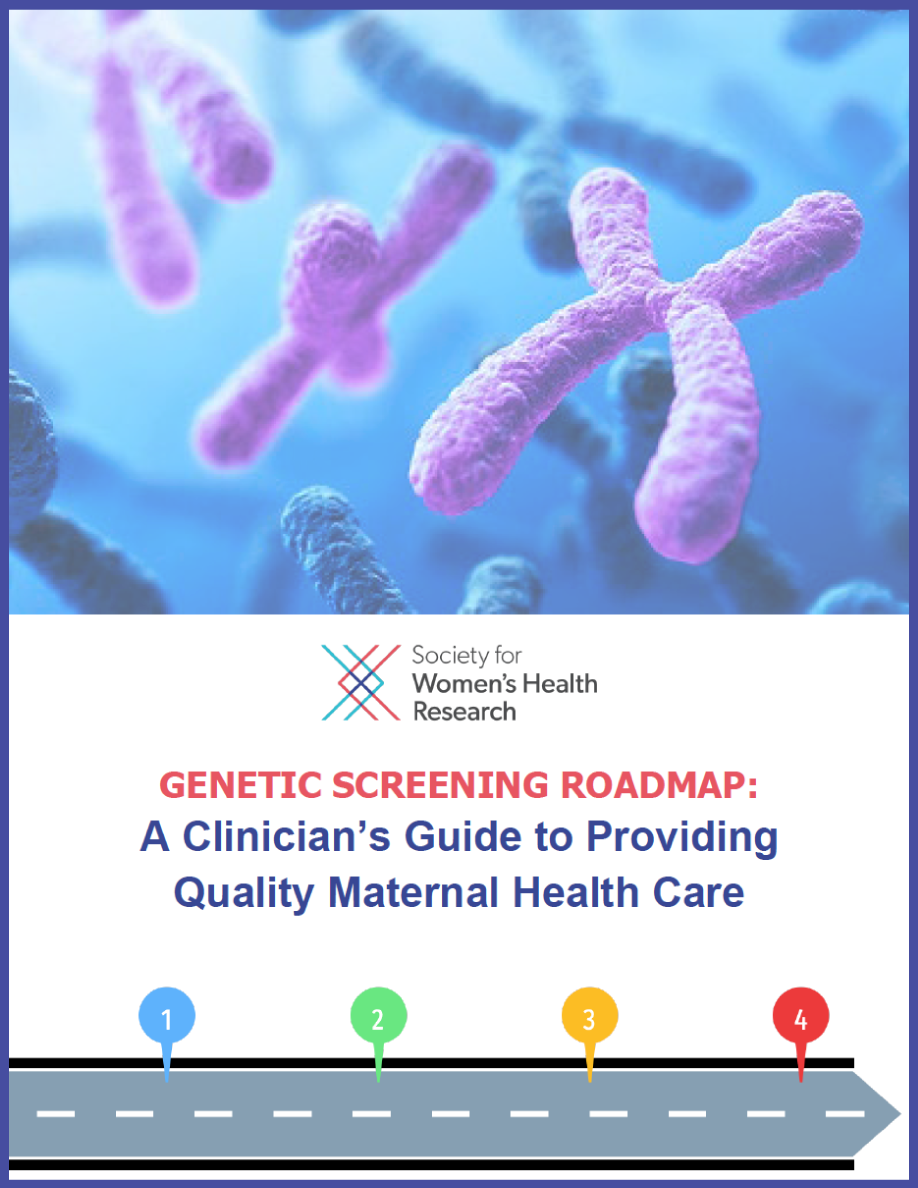Part of the Genetic Screening Roadmap: A Clinician’s Guide to Providing Quality Maternal Health Care
Genetics can provide keys to advance care for women as they consider incorporating genetic screening in their health and the health of their babies. However, women from diverse backgrounds are often not empowered to receive quality care, and without equitable access to genetic health care, health disparities among women will continue to persist.
Key components – from bench to bedside – must be addressed with a cohesive strategy. Often, scientific and technological advancements in genetic screening move ahead of clinical guidelines. Policies and insurance coverage do not always support access to comprehensive care with the necessary providers that support informed patient decisions. Misalignment of patient needs and goals, screening capabilities, and provider intentions results in miscommunication and implementation challenges. Moreover, attempts at equity and inclusion, if present, often lag or run in a separate direction. See Figure 1.

Figure 1. Misalignment of patient needs and goals, screening capabilities, and provider intentions results in miscommunication and implementation challenges, that further complicate the path toward health equity and inclusion.
SWHR convened a cross disciplinary working group of women’s health experts to discuss how to eliminate barriers to access and reduce health disparities related to genetic screening – with a focus on expanded carrier screening and noninvasive prenatal screening. While a direct path that aligns all goals of access to care is desired, a more realistic description of the path to address knowledge gaps, patient needs, and relevant policy issues is a windy road that requires strategic turns and detours to reach the destination of equitable, inclusive, and improved health outcomes for expecting mothers and their babies through genetic screening (Figure 2). This path incorporates science, education, and policy to equip providers, engage policymakers, and empower patients along the journey.

Figure 2. Improving health disparities and outcomes through genetic screening is complex, however, the regardless of the path taken, it must incorporate key principles, such as collaboration, science-based policies, education, equity, protecting patient rights.
Primary care physicians or obstetrician/gynecologists are often the providers that will first engage women in their pre-conception or initial pregnancy care. However, other professionals, including nurses, phlebotomists, midwives, and medical assistants, will interact with expectant mothers during health care appointments and could benefit from additional education on the topic. It is important to ensure the various providers in the maternal health ecosystem are equipped to advocate for and meet the specific needs of women and families planning to become pregnant.
SWHR has created a roadmap to assist clinicians in framing and implementing genetic screening across the women’s health continuum by providing: educational materials and resources to support genetic screening in clinical practice and discussion guidance for counseling patients, including self-assessments of patient and provider values, checklists for identifying complementary resources, and tools to promote cultural competency.
This roadmap is meant to be an educational tool for clinicians. SWHR does not make medical recommendations nor endorse or promote specific screening or diagnostic tests for patients, as listed in this resource or elsewhere.





